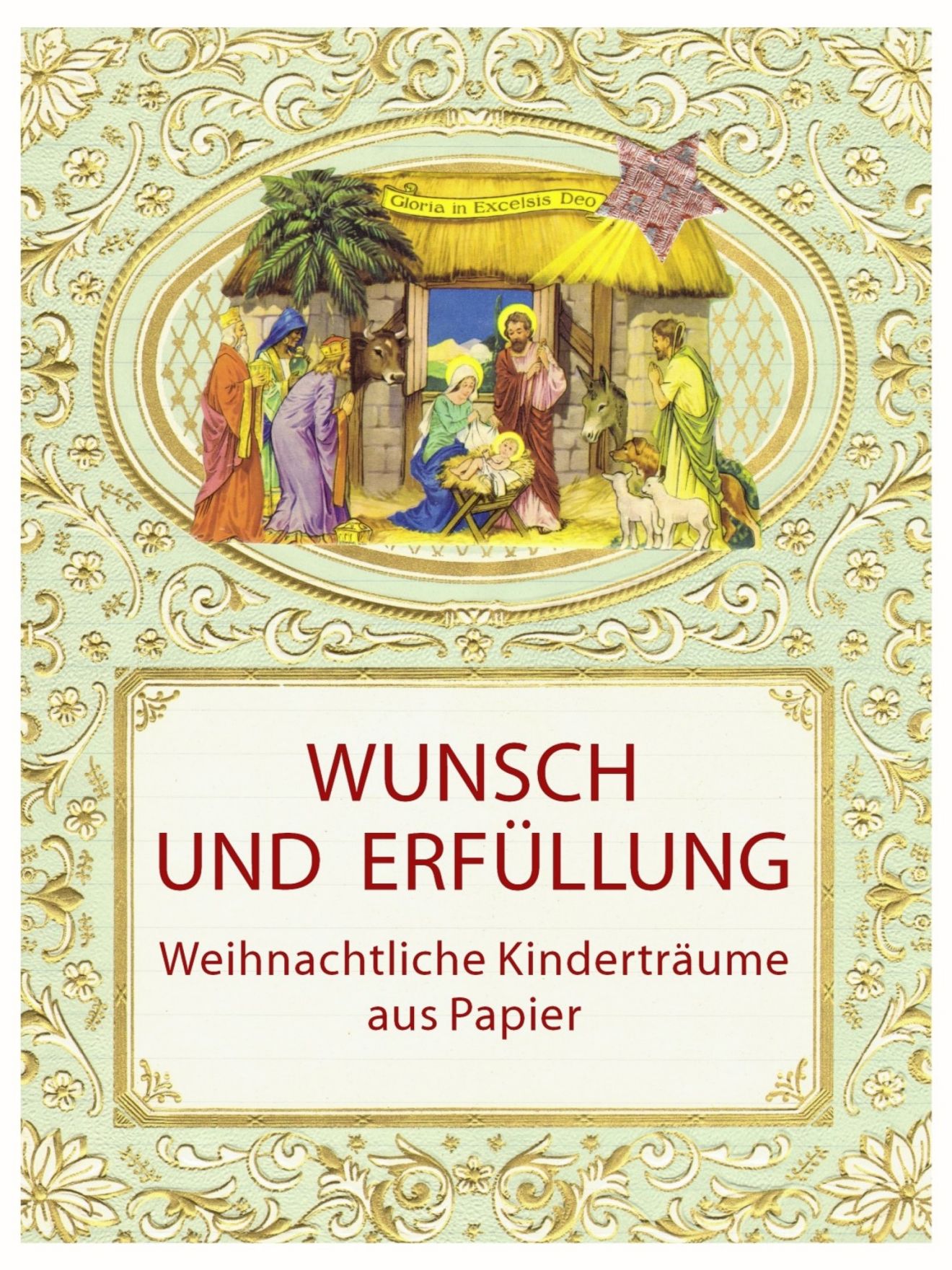Christmas letters, wish lists and fulfilled children's dreams made of paper

Einladungskarte zur Ausstellung
The festival of festivals is most certainly Christmas. Hardly anyone can escape this atmospheric time, which is a joyous celebration especially for children - after all, it is they who have been receiving rich gifts since the 19th century. Christmas gift-giving was already known before that. Because of the belief that God gave his Son to mankind, Christians were called upon to do good to the poor on the occasion of Christ's birth. At some point, people also began to give gifts to their loved ones. The earliest reference is provided by Martin Luther. He testified that children received small gifts in the name of Saint Nicholas and the Christ Child. The Reformation then also led to a needy division. While among Protestants children could expect gifts almost exclusively at Christmas, Catholic children received something at Saint Nicholas. In many Catholic regions, this tradition continued into the 20th century. It was only in the course of the 19th century that Christmas developed into a distinctly gift-giving festival for children, often with lavish gift tables. Popular gifts included paper items such as children's and young adults' books, picture and craft sheets, puzzles and other board games, as well as cut-out sheets and paper theaters. Wish lists, on which children wrote down their desires, did not appear until the end of the 19th century, when Christmas was eclipsed by the cult of gift-giving. Before that, a different tradition was known. Children wrote letters to their parents out of reverence and gratitude, wishing them a Merry Christmas with pious stories and poems.
A large part of the objects presented came from the donation of Dr. Irmgard Feldhaus, who gave her private collection of popular prints to the city of Neuss in 2006. In addition, further Christmas prints from the holdings of the Clemens-Sels-Museum Neuss were shown.